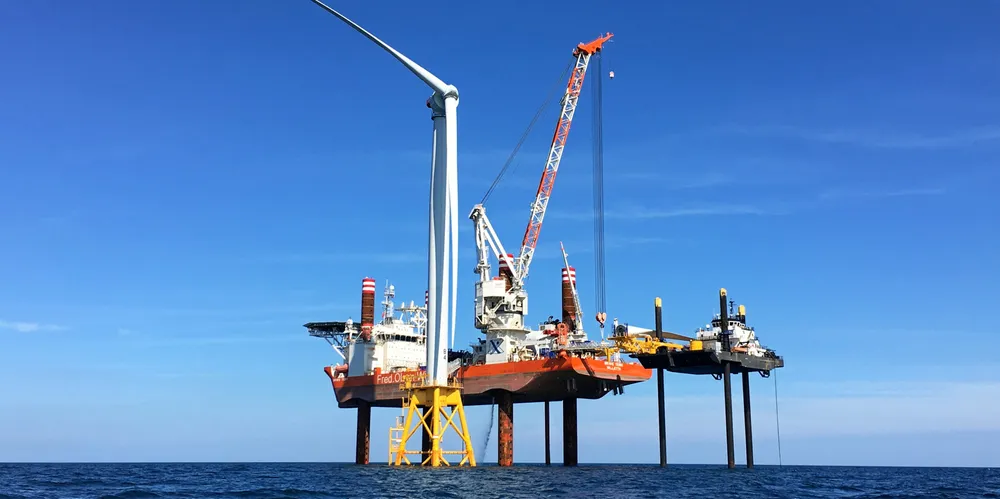Why we're staying out of the US offshore wind race: Pattern Energy CEO
Hunter Armistead says other 'very qualified' companies taking up mantle as it joins likes of NextEra in keeping clear

Hunter Armistead says other 'very qualified' companies taking up mantle as it joins likes of NextEra in keeping clear
